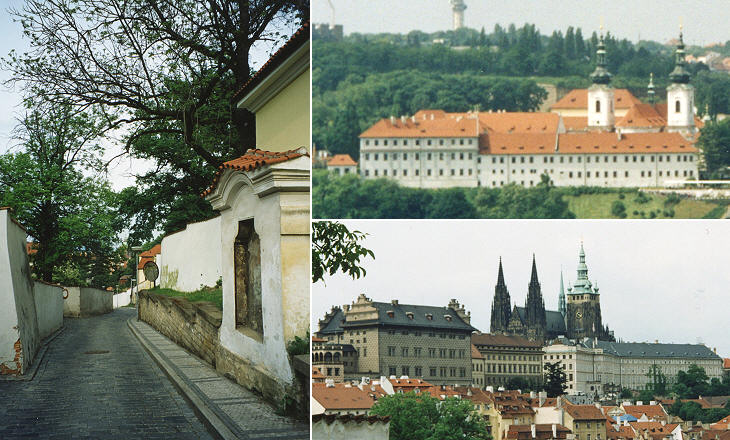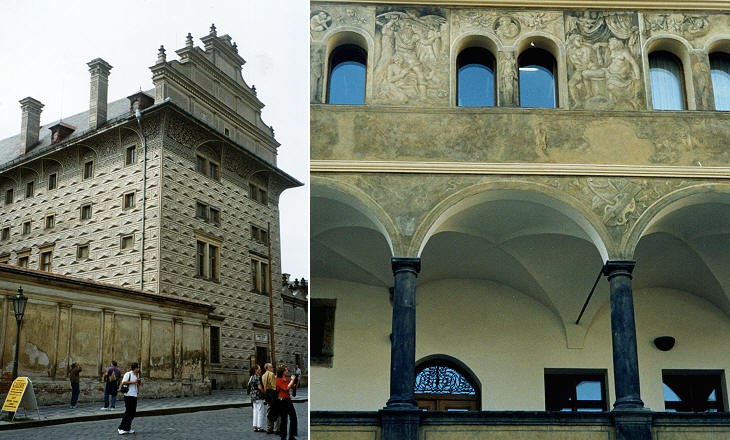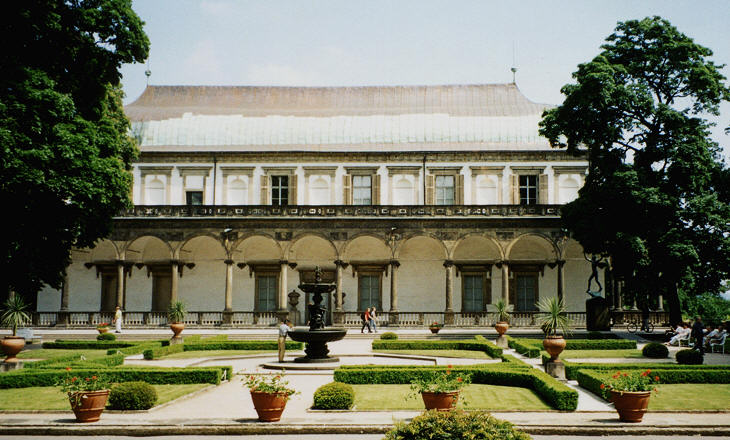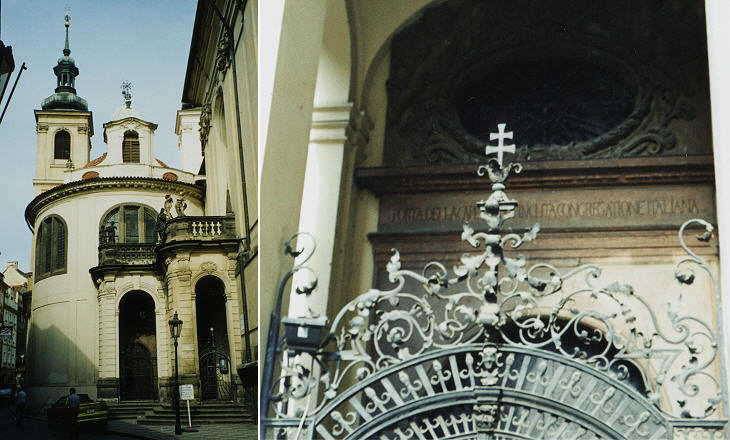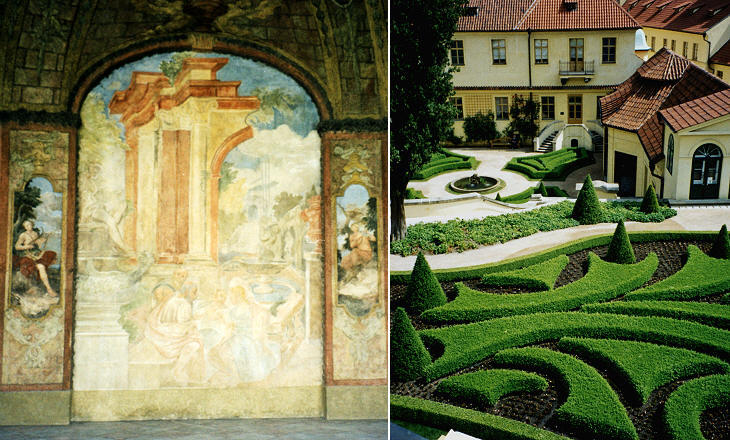  What's New! Detailed Sitemap All images © by Roberto Piperno, owner of the domain. Write to romapip@quipo.it. Text edited by Rosamie Moore. |
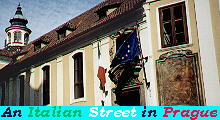 Part two Part two
The upper part of Vlasska is a narrow lane with a distinct countryside flavour leading to the Strahov Monastery and it offers great views over Hradcany (when the Italians lived in Vlasska the view was slightly different as the two bell towers of the cathedral were added in 1871-1929).
The view over Hradcany shows Schwarzenbersky Palac built in 1563 by Agostino Galli, who lacking the proper stones painted them in order to obtain the bugnato effect of the Florentine palaces. The influence of Italian Renaissance is visible in many parts of Prague.
This influence is most likely due to the Archduke (later on Emperor) Ferdinand who, in 1537, commissioned Paolo della Stella, from Milan, the design of a summer residence for his wife Anne. The small palace is still called by the Italian name of Belveder as it allows great views over Prague.
The Italian community built at the end of the XVIth century a chapel in the main street (Karlova) of the old town (Stare Mesto). The chapel is still known as Vlasska Kaple. The inscription above the entrance is in Italian and it makes reference to the illustrious Italian community.
Italian taste is evident also in the design of gardens. Vrtboska garden is in the process of being brought back to its XVIIIth century layout, which shows in the use of plants, statues and grottoes the influence of Italian models (the mermaids in the background of this page are part of its decoration).
Move back to part one. Play 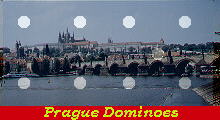 and see and see
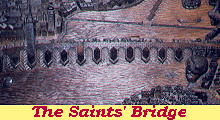 |
